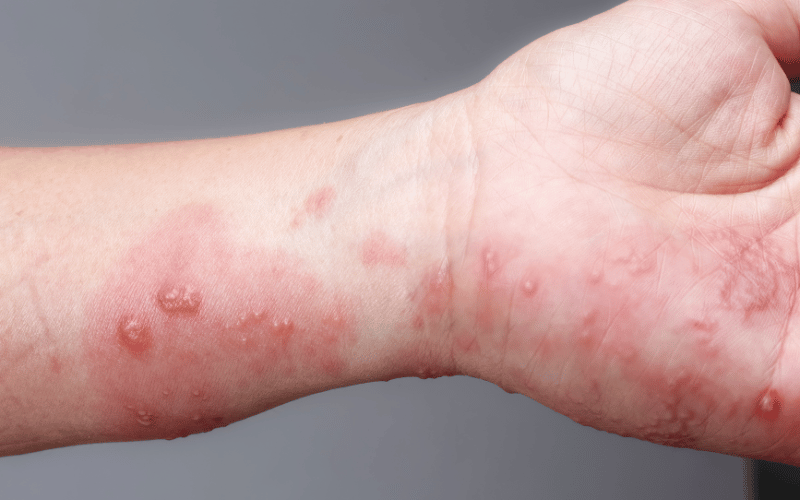Introduction
Shingles, a condition also known as herpes zoster or merely zoster, might predominantly be associated with older adults. Still, the reality is that children can and do suffer from this painful viral infection. While it’s a condition that raises eyebrows and concerns, being informed about its onset, progression, and symptoms can be a source of empowerment for caregivers.

Knowledge of the symptoms can drastically change the narrative, shifting from panic and distress to informed decisions and timely interventions. However, the symptoms in children can sometimes differ from adults or manifest in more subtle ways. Hence, it’s of paramount importance that caregivers, educators, and parents familiarize themselves with these signs to take swift action. Shingles, after all, isn’t just about the evident skin rash but involves a series of symptoms that collectively paint the broader picture.
But first, what exactly is shingles? Originating from the varicella-zoster virus – the same culprit behind chickenpox – shingles occur when this virus becomes reactivated after an initial bout of chickenpox. A point to note: only those who’ve had chickenpox can develop shingles. The virus, after the chickenpox subsides, goes into hiding within the nervous system, lying dormant, often for years. In certain scenarios, often triggered by factors like stress or a compromised immune system, the virus reawakens, leading to shingles. And while the reason for its reactivation isn’t entirely clear, the symptoms it brings to the fore are undeniable.
Symptom 1: Painful Skin Sensation

One of the earliest and most alarming indications of shingles in children is a painful skin sensation. This isn’t your everyday itch or fleeting skin discomfort. Instead, it’s a more persistent, sometimes agonizing feeling that demands attention. It can be described as a burning sensation, almost like the skin is being held too close to a flame. In other instances, it might present as a tingling sensation, akin to the pins-and-needles feeling one gets when a limb “falls asleep”.
Imagine the frustration and helplessness a child might feel, unable to articulate or even comprehend this sudden discomfort. It’s essential to keep an eye out for non-verbal cues. If a child is consistently scratching or rubbing a particular area, especially if it’s localized to one side, it might be time to investigate further.
Now, this symptom is especially tricky because there’s no visible manifestation. Unlike a rash or a bruise, you can’t see pain. However, its invisibility doesn’t diminish its intensity. In fact, because shingles attack the nerves, the pain can be far more intense than injuries that show up on the skin.
Prompt intervention is crucial. If this painful skin sensation is indeed an early sign of shingles, timely treatment can make a massive difference in the severity and duration of the subsequent symptoms. Moreover, addressing the pain early can also offer the child some much-needed relief and comfort. (1)